Blended STEM: LEGO Education Combines Discovery, Invention and Presentation
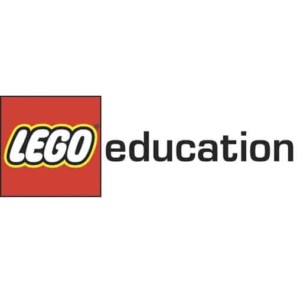 Boomers grew up with the colorful building bricks first developed by LEGO® in 1932. Decades of product extensions aimed at older youth created an extensive catalog of hands-on learning in science, technology, engineering and math (STEM) exploration. In 1997, through a joint venture with science supplier Pitsco, Inc., LEGO Education formed to develop innovative K-12 learning solutions around a wide range of STEM skills.
Boomers grew up with the colorful building bricks first developed by LEGO® in 1932. Decades of product extensions aimed at older youth created an extensive catalog of hands-on learning in science, technology, engineering and math (STEM) exploration. In 1997, through a joint venture with science supplier Pitsco, Inc., LEGO Education formed to develop innovative K-12 learning solutions around a wide range of STEM skills.
“We’ve always been in the physical sciences. Going back 30 years, we found that the majority of people were using our products in technology, education and science,“ said said LEGO Education President Stephan Turnipseed. “We went with what was working.”
In the early 1990’s, robots were hot. LEGO fit right in. LEGO became a mainstay and focus of math and science classrooms as well as robotics afterschool programs. In 1998, LEGO partnered with FIRST® to establish the FRIST LEGO League (FLL), a robotics program to excite nine to 16 year olds about STEM.
“We began to see more of a need from educators saying we need vertical scaffolding, we need to be able to introduce essentially a learning platform – in this case robotics – as part of our physical science application,” said Turnipseed. “We began to create that robotic continuum with partners.”
In 1998, the company also partnered with Carnegie Mellon University to develop its Robotics University, which developed LEGO MINDSTORMS Education, a program that helps students design and develop robots, and NXT, the software used to the develop programming language that instructs robots to carry out automated tasks.
“Our dramatic ability to engage and motivate students, and unlock creativity was dramatic,” said Turnipseed, “Our strongest presence is in the STEM area.”
Later LEGO began to look at how it interacted with the digital world with a particular interest in the intersection of hands-on science and social learning. In 2011, it launched ROBOTC Virtual Worlds for MINDSTORMS, which allows programmers to test their robots in a virtual, simulated environment before launching application in the real world.
Today, LEGO is exploring the power of virtual bricks in personal digital learning to design virtual environments that can be observed and tested before developing real-world models. It also seeks to explore the ways that its virtual bricks can develop a physical manifestation of abstract concepts such as temperature, mobile computing and more.
“When children have access to a building system that allows them to create a three dimensional manifestation, they begin to incorporate through a hands-on approach the mapping capabilities in their mind,” said Turnipseed. “This is fundamentally and statistically important to building models with technology.”
“Today, I find the world to be really complex. I find that the outcomes are very, very diverse compared to 20 years ago,” said Turnipseed. “The only way you can embrace that level of complexity is to approach the disciplines of especially of science, engineering, and mathematics in a holistic manner.”
Building models is especially effective in engineering process-based science, giving students first-hand experience with real-world scenarios and examples without the real-world cost. Hands-on learning effectively prepares students to develop technologies and structures for today’s complex world. LEGO strategies and tools can round out a fact-based and math-based pre-engineering education programs today with increased hands-on application, said Turnipseed.
“When I look at hands-on learning as a mechanism for deciphering the complexity of the world around me it goes back to building a model,” said Turnipseed. “The hands-on environment that we are able to provide gives [students] the tools whereby they can incorporate complexity by integrating more of a systems approach.”
LEGO remains encouraged by the potential of national science standards but deeply values hands-on learning and authentic assessment. “It may be time to get involved in advocacy,” said Turnipseed.
Winning a seventh grade science fair turned out to be a transformative experience for Turnipseed. He keeps the framed certificate on his desk to remind him of the power of discovery, invention, and presentation.



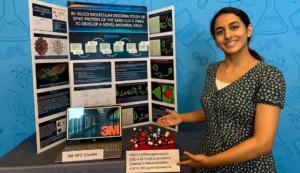
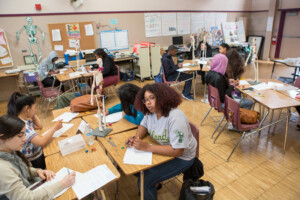
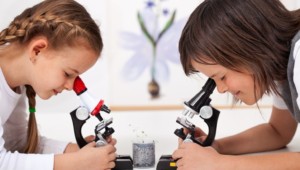
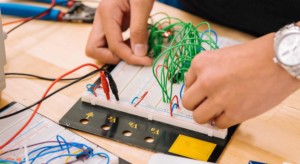
0 Comments
Leave a Comment
Your email address will not be published. All fields are required.